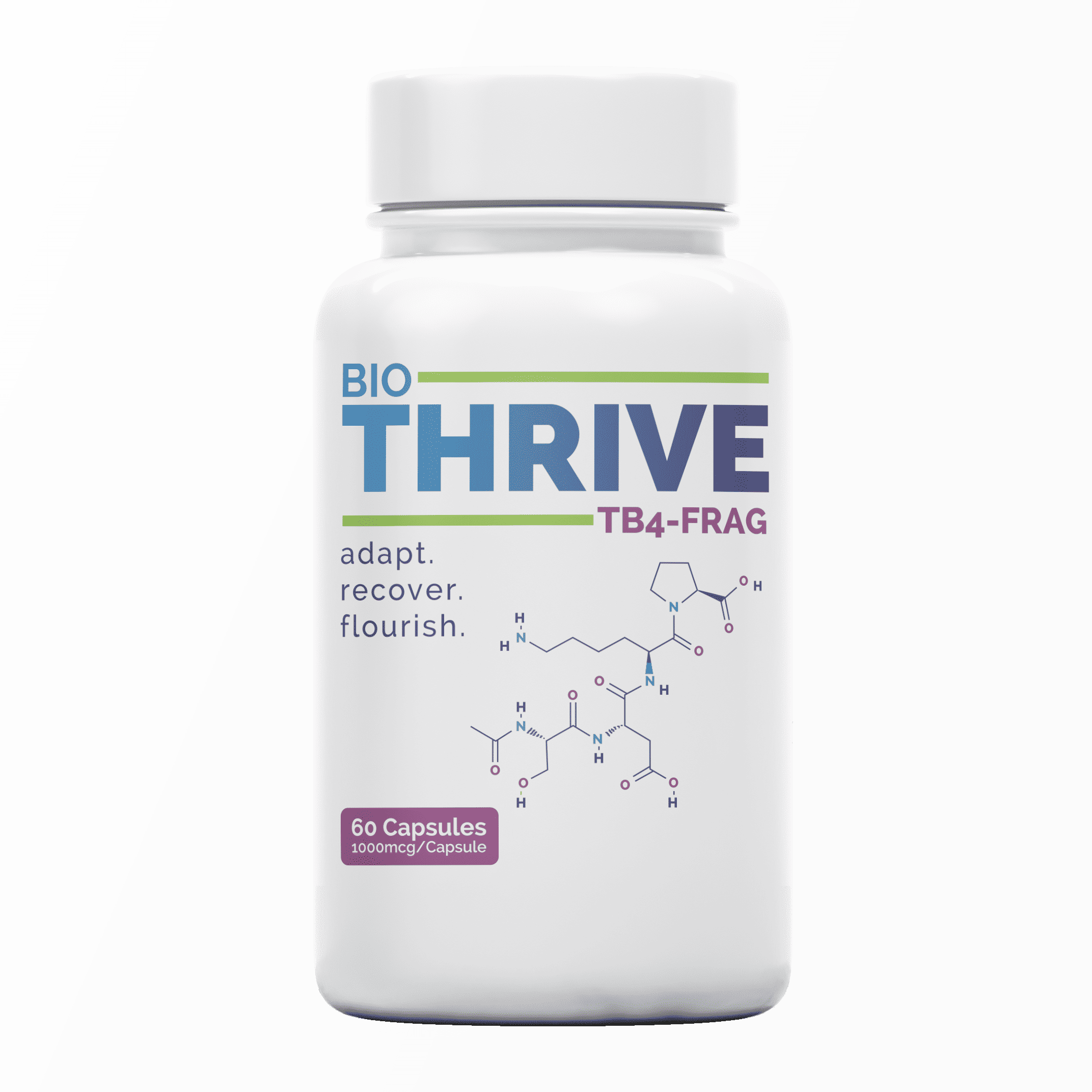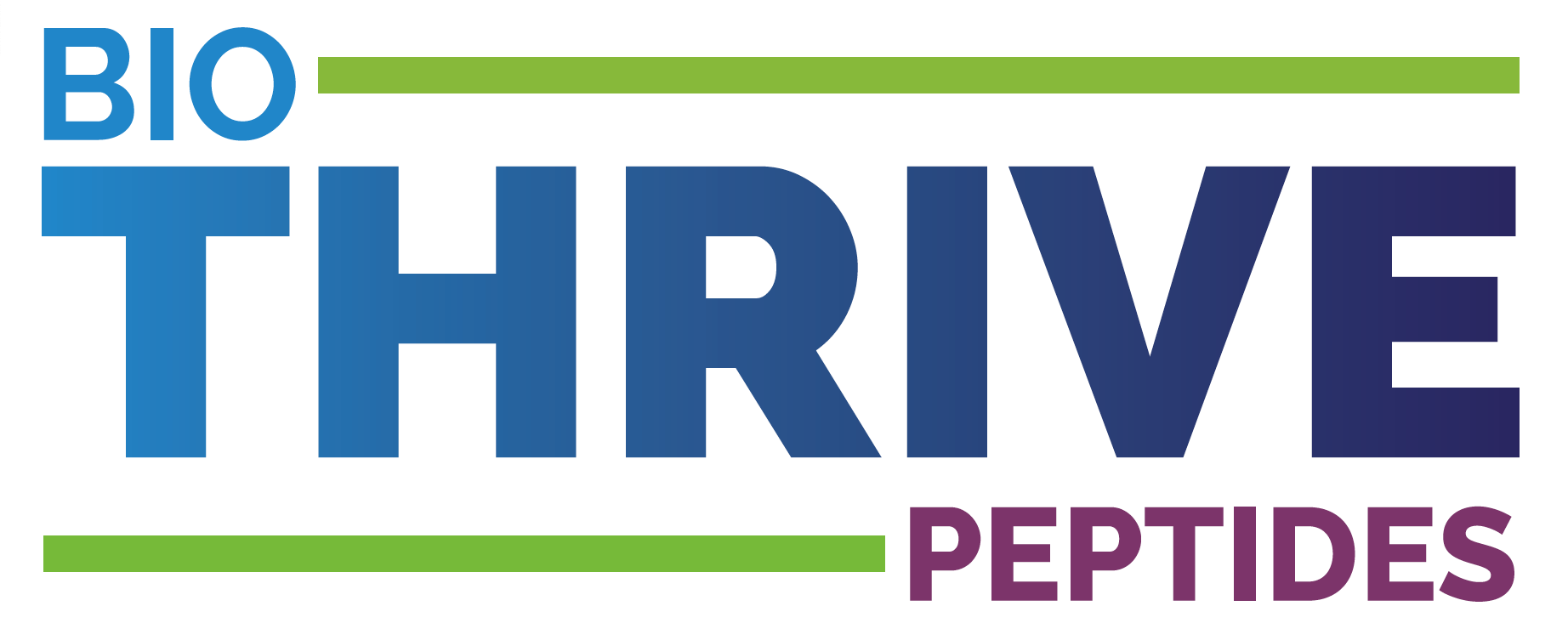
Thymosin Beta-4 is a small, endogenous peptide that is originally isolated from the Thymus gland and comprises 43 amino acids. The thymus starts to atrophy around age 15 and continues to decline until approximately 80-90% of its activity has decreased by age 35-45, this is when the chronic diseases of aging start becoming prevalent. The CDC states that approximately 80% of aged individuals are affected by at least one chronic disease due to declination of thymic related immune function.
Injury
Recovery
Boosts Immune
System
Soft Tissue
Repair
Nerve
Regeneration
Improves Heart
Health
Prevents Scar
Tissue

THYMOSIN BETA 4 vs THYMOSIN BETA 4 FRAGMENT (Oral Availability)
Thymosin beta 4 is a natural human protein and is made up of 43 amino acids. It is capable of binding to actin proteins and is considered to be the principal actin-sequestering protein in most cells. It therefore plays a very important role in the polymerization of actin filaments, which are important for cell structure, cell mobility, and extracellular matrix function. There is speculation, though currently no concrete evidence, to suggest that thymosin beta 4 binds to extracellular receptors in the fluids surrounding cells to mediate some of its effects.
Like many naturally occurring proteins, Thymosin Beta 4 is a very long peptide sequence and is therefore restricted to subcutaneously administration only. It is not orally bioavailable like this fragment. Because TB4 Fragment is substantially smaller than its parent molecule, it’s more readily absorbed by the GI tract and then by cells. This enhanced oral bioavailability makes TB4 Fragment (Ac-SDKP) simpler to administer than the 43 amino acid Thymosin Beta 4 and contributes to the fragment’s efficacy.
How Does Thymosin Beta-4 Work?
TB4 has been shown in animal studies to provide a range of possible beneficial effects with the potential ability to stimulate and support tissue repair, healing, and regeneration for a range of tissues and organ systems. TB4 is shown to:
